San Francisco Mayer’s Aggressive Encampment Strategy Faces Immediate Challenges
San Francisco has long struggled with homelessness, with encampments becoming a visible and contentious issue. Mayor London Breed recently announced a more aggressive approach to clearing these encampments, aiming to address the problem head-on.
Despite these efforts, the rapid return of tents highlights the complexity of finding lasting solutions.
Treat Avenue Cleanup and Return
City crews recently removed several encampments on San Fran’s Treat Avenue. However, within days, tents reappeared, frustrating local business owners like Ramsey Armstrong.

Source: Wikimedia
“This [tent] definitely wasn’t here this morning,” Armstrong said, emphasizing the cycle of removal and return that he has witnessed frequently.
Challenges on Folsom Street
Similar challenges are evident on Folsom Street between 18th and 19th streets. Residents like Susan Patton-Fox, who has lived in the area for over 40 years, have seen this cycle play out repeatedly.
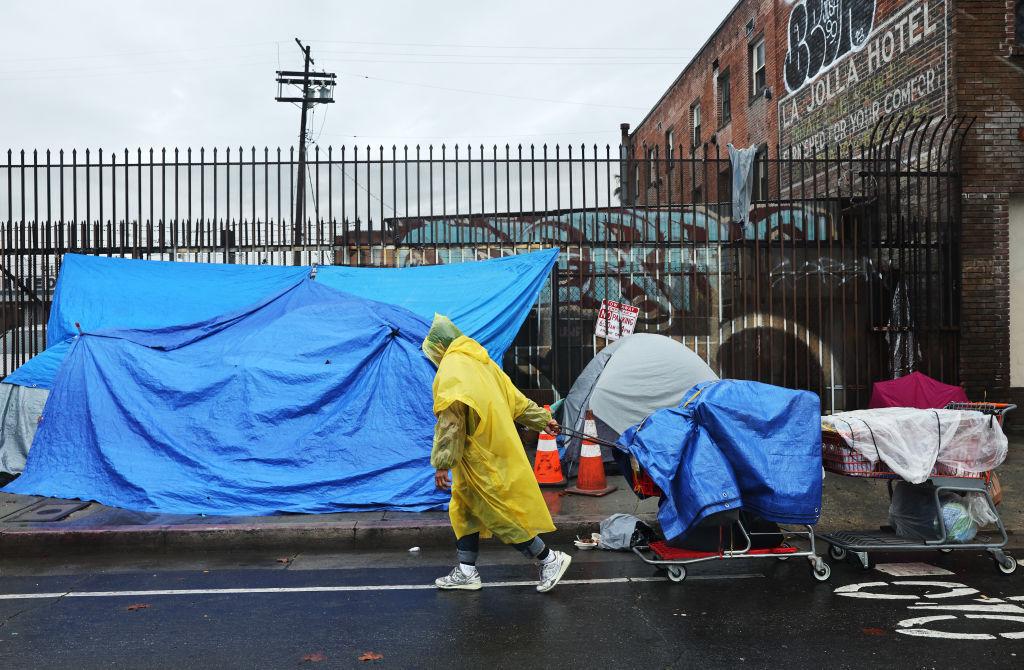
Source: Mario Tama/Getty Images
“I’ve been watching this happen for a long time,” she noted, pointing to the need for more sustainable solutions beyond temporary cleanups.
Willow Street in the Tenderloin
Willow Street in the Tenderloin also saw tents reappear soon after city workers cleared the area. Despite offers of shelter and even an arrest, new tents and campers returned.
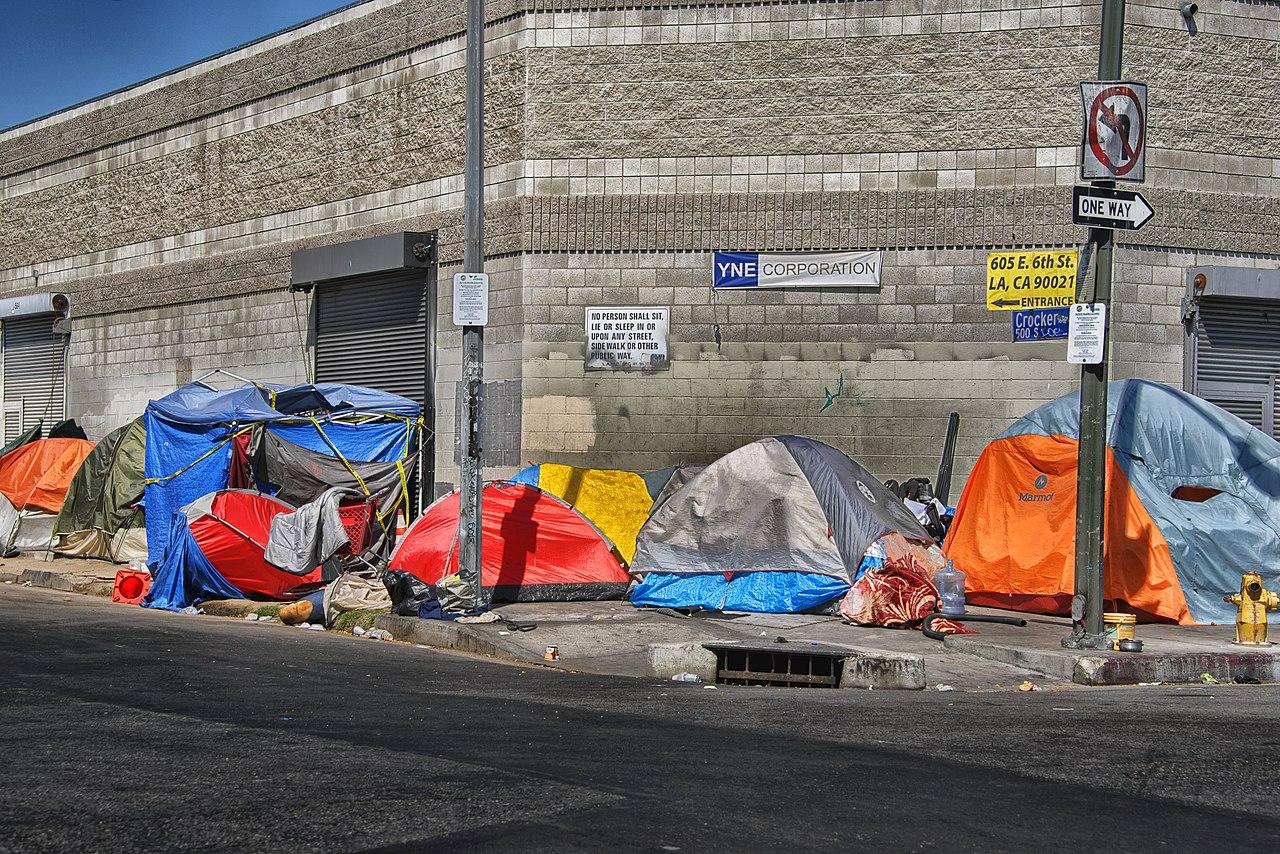
Source: Wikimedia
Unhoused residents like Anthony Schliecher highlighted the inconsistency of the city’s efforts, noting the increased frequency of cleanups but questioning their effectiveness.
Unhoused Residents' Perspectives
Many unhoused individuals declined shelter offers, citing various reasons. Anthony Schliecher, who is unhoused, compared the shelter experience to jail, while others expressed a desire for private apartments rather than shared rooms.

Source: Keizers, Wikimedia
“Not everyone wants help, not everyone does. It’s sad. Some people just aren’t ready,” Schliecher said.
Mental Health and Substance Abuse Issues
The encampments are not just a housing issue but also involve significant mental health and substance abuse challenges.
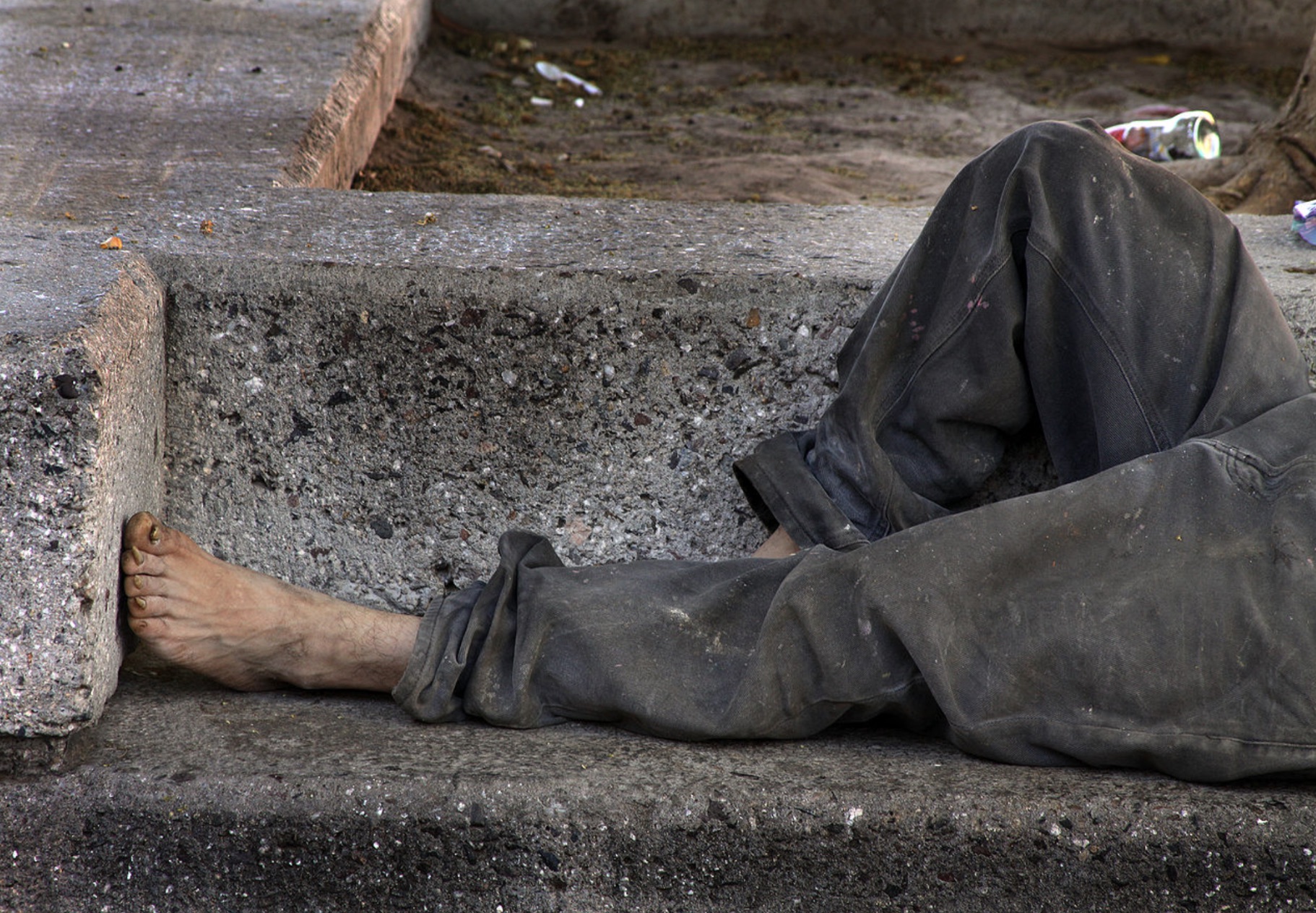
Source: Wikimedia
Jeff Duhadway, who is also unhoused, emphasized, “It’s not just a drug issue but there’s a lot of mental issues out here.” Addressing these underlying problems is crucial for any long-term solution.
Community Frustration and Solutions
Local residents and business owners are frustrated by the lack of a permanent solution. Armstrong appreciated the city’s increased efforts but called for a comprehensive approach.

Source: Antonio Gabola/Unsplash
“They should have a full-flex solution. Don’t just do things just to try to get re-elected,” he said, voicing a common sentiment among community members.
Financial and Logistical Hurdles
Creating a lasting solution to homelessness in San Francisco will require substantial financial and logistical resources.
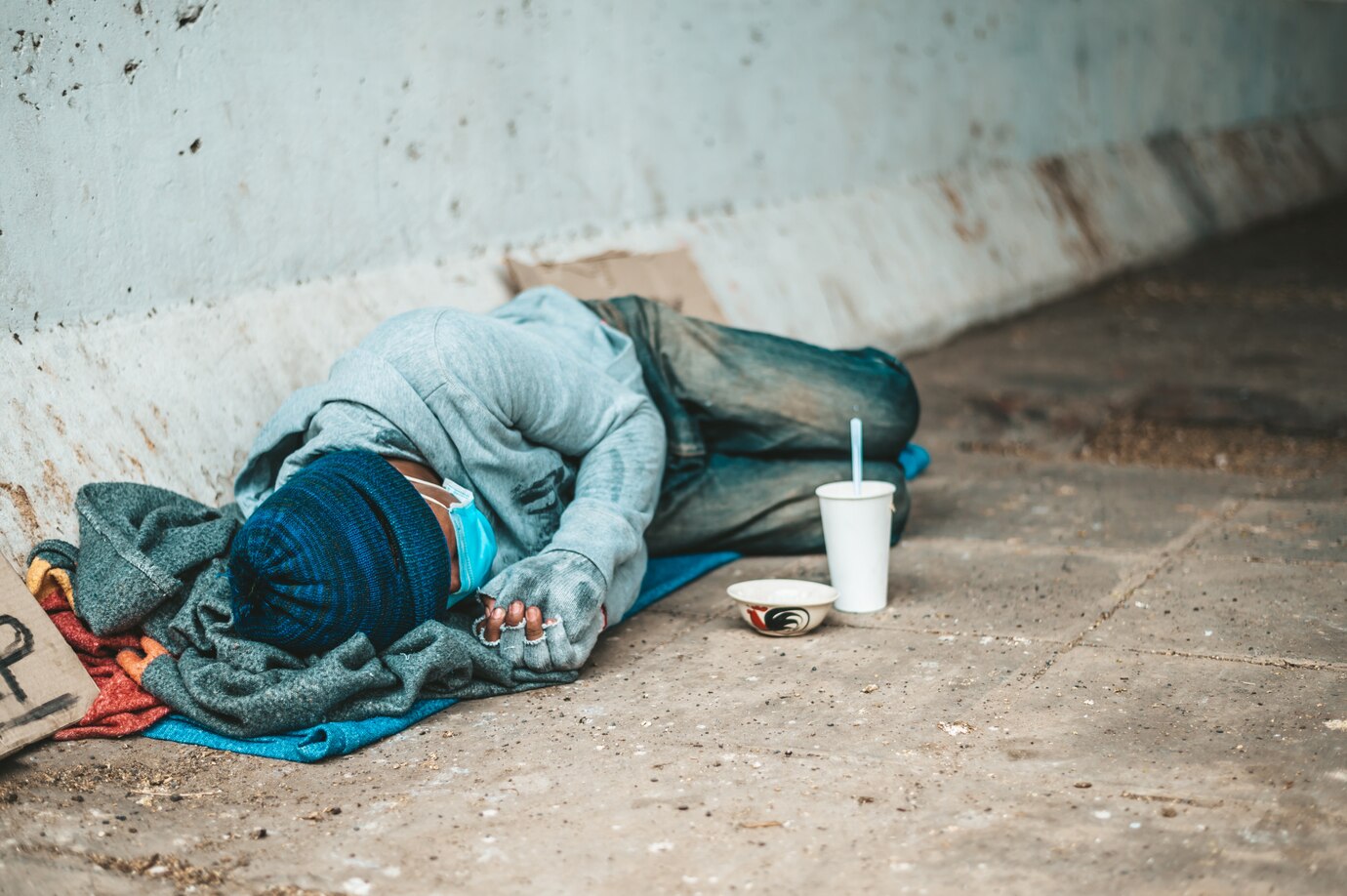
Source: Jcomp, Freepik
Neighbors pointed out the need for more housing, case workers, and funding that the city currently may not have.
Mayoral Race and Homelessness Plans
As the mayoral race heats up, candidates are discussing their plans to address homelessness. However, finding practical and effective solutions remains elusive.

Source: Freepik
“All the candidates are talking about what they want to do about the homeless but of course nobody has a way to figure out how to get more places for these folks to go,” Patton-Fox said, reflecting the skepticism of many residents.
The Need for Sustainable Systems
Armstrong stressed the importance of a sustainable system to support the homeless population.

Source: Reddit
“What good is doing that if there’s no solution long-term for these individuals? Yes, be aggressive, but also be aggressive in having a sustainable system,” he argued, advocating for a balanced approach that addresses both immediate and long-term needs.
Future Steps and Community Involvement
Moving forward, community involvement and collaboration will be key. Engaging local organizations, residents, and unhoused individuals in the planning and implementation of solutions can lead to more effective and sustainable outcomes.
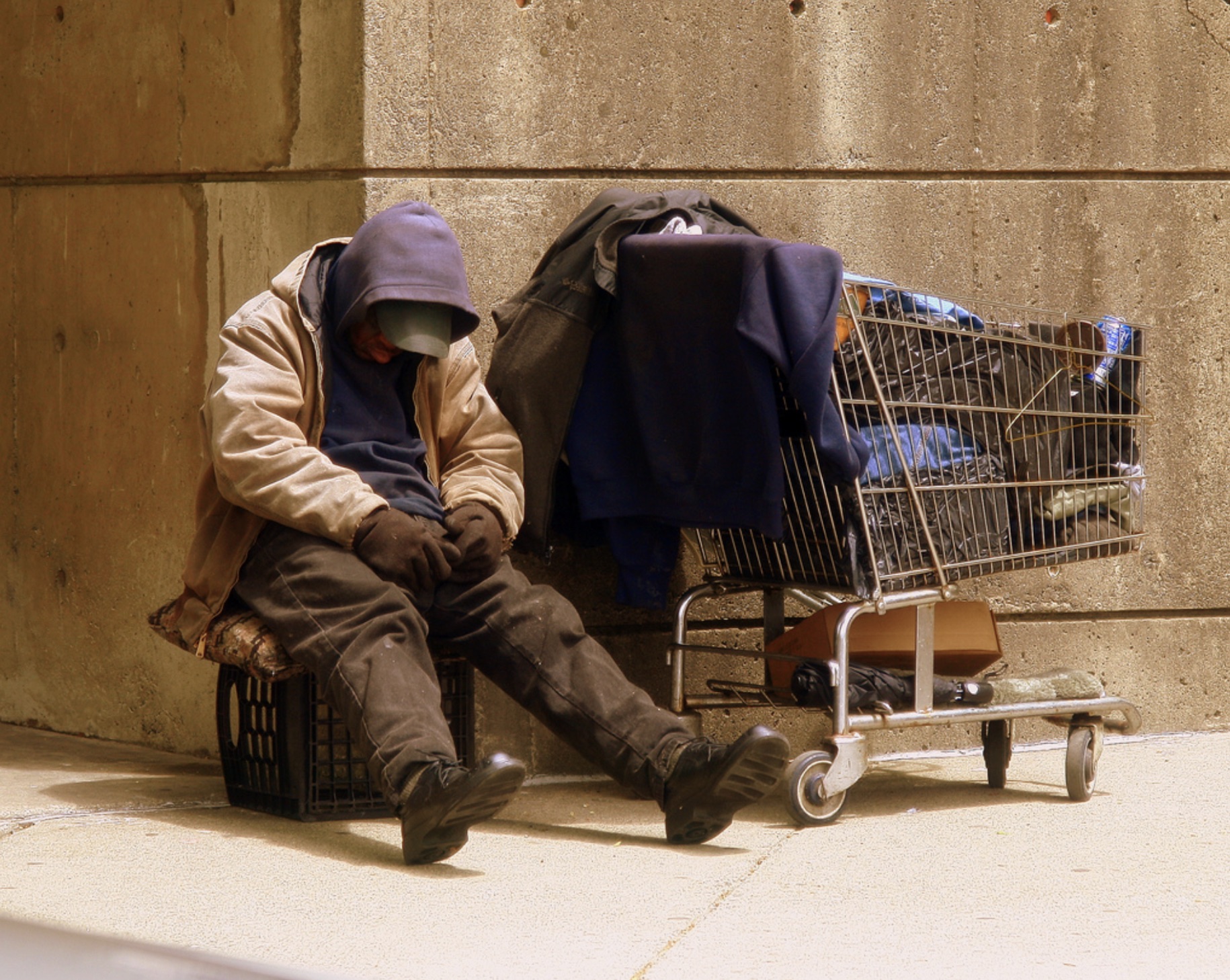
Source: Wikimedia
Building a community-wide effort is essential for addressing the complex issue of homelessness.
A Call for Comprehensive Action
San Francisco’s struggle with encampments shows the need for comprehensive action. While aggressive cleanups may provide temporary relief, lasting solutions require a multifaceted approach that addresses housing, mental health, substance abuse, and community support.

Source: Adobe Stock
Only through such comprehensive action can the city hope to make meaningful progress in addressing homelessness.
